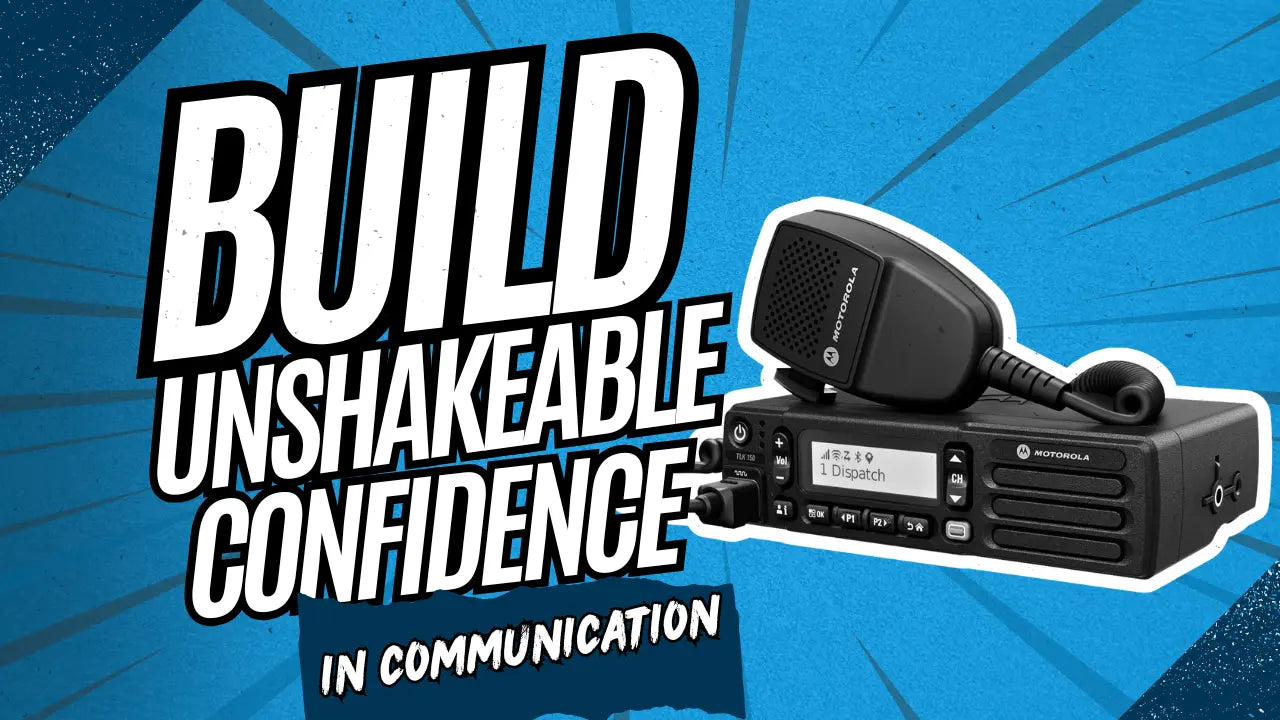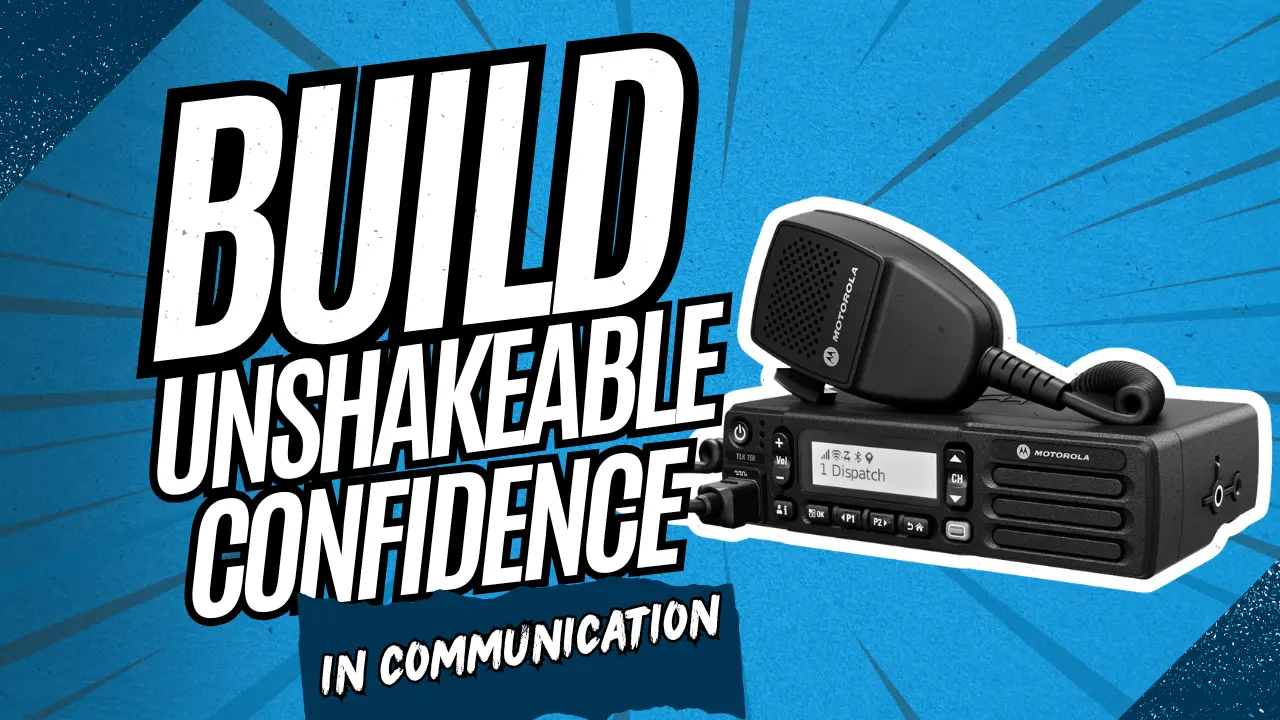Navigating the array of communication tools available to businesses today can be overwhelming. Mobile two-way radios have stood the test of time as a reliable choice, but are they the right fit for your organization? Let’s dive into what these devices can offer and see if they align with your business needs.
Understanding Mobile Two-Way Radios
Mobile two-way radios allow for immediate communication, providing businesses with an efficient method to relay information across teams. They are compact, durable, and specially designed for industries requiring robust, reliable communication.
These radios are particularly advantageous in environments where the cellular network is unreliable. For instance, they shine in scenarios like construction sites, ensuring that workers can stay connected without the fear of losing signal or running into dead zones. Their straightforward interface also means less training is needed, allowing for easy adoption among staff.
The immediacy of communication offered by mobile two-way radios is unmatched. With their push-to-talk feature, workers can communicate with just a press of a button, making them ideal for high-pressure or fast-paced environments. Whether in a retail store or a warehouse, the ability to instantly connect with team members can significantly enhance operational efficiency.
Furthermore, two-way radios are designed to withstand harsh environments. Their robust build means they can handle drops, bumps, and exposure to elements—conditions that might damage more delicate devices, like smartphones. This makes them ideal for industries such as manufacturing, construction, and beyond.
Benefits of Mobile Two-Way Radios
One of the primary benefits is their reliability in instant communication. Unlike smartphones, they don’t rely on cellular networks, which makes them particularly useful in areas with poor mobile service. They also offer group communication features and are known for their robustness in harsh environments.
In retail stores, for example, two-way radios can empower staff to enhance communication efficiency, improve customer service, and decrease response times to customer inquiries. Given their ability to connect multiple users in a single group call, they are indispensable during large events or for coordinating in dynamic settings.
Cost-effectiveness is another significant benefit of mobile two-way radios. While the initial purchase might seem high, the lack of monthly service fees—common with smartphones—results in long-term savings. Additionally, their durability leads to fewer replacements and repairs over time.
Comparing Mobile Radios with Other Tools
While smartphones offer versatility, mobile two-way radios excel in specific business environments where instant push-to-talk communication is paramount. They’re often more durable and have longer battery life compared to smartphones, making them ideal for industries like construction, warehousing, and event management.
Smartphones, although equipped with various functionalities, can struggle in environments that require quick, clear communication without distractions. With mobile radios, team members can focus on communication without notifications or apps getting in the way. Industries that rely on swift coordination will find that radios streamline processes by keeping the focus purely on voice communication.
Top Models: CM200d, CM300d, TLK150
Consider the CM200d, CM300d, and TLK150 models for your business. Each offers unique features suitable for various operational requirements, from basic functionality to more advanced networking capabilities.
The Motorola WAVE TLK150 model combines the broad coverage of a nationwide cellular network with the simplicity of traditional two-way radio communications, ensuring connectivity across vast distances. It’s a suitable choice for businesses with teams that are constantly on the move or operate across multiple locations.
For demanding environments, the CM200d and CM300d offer rugged designs alongside advanced capabilities for seamless communication. Both models are praised for their durability and robust performance, making them popular choices for both large-scale operations and smaller businesses that require reliable tools.
Assessing Cost-Effectiveness
While the initial investment might seem significant, mobile two-way radios can prove cost-effective in the long run due to lower maintenance costs, durability, and the lack of ongoing service fees compared to cellular devices.
For businesses mindful of budgets, mobile radios offer a pragmatic solution that balances upfront costs with operational savings. Notably, the elimination of monthly service charges associated with cellular devices translates to significant savings annually, particularly for larger teams.
Moreover, their longevity means fewer replacements. Radios built to endure harsh use—like those in the CM200d and CM300d series—result in reduced spending on repairs and replacements, further bolstering their cost-effectiveness over time.
Determining Suitability for Your Business
To determine if mobile two-way radios are the right tool for your business, consider factors like the scale of communication needed, environment conditions, budget constraints, and specific industry requirements.
For businesses in sectors like retail, construction, or any field requiring instant, reliable communication, two-way radios are often an invaluable tool. Not only do they facilitate seamless team coordination, but they also enhance safety by ensuring that help or information is never far away.
Explore more benefits and how two-way radios can streamline your business operations, adapting to your unique circumstances while maintaining operational efficiency. With the right model and setup, these radios can transform your business communication, elevating both capability and reliability throughout your operations.
Final Thoughts
Mobile two-way radios offer numerous advantages for businesses seeking reliable, cost-effective, and durable communication tools. However, the decision ultimately depends on your specific operational needs and the environment in which you operate. Evaluate the pros and cons carefully to determine if they are the best fit for your business communication needs.


